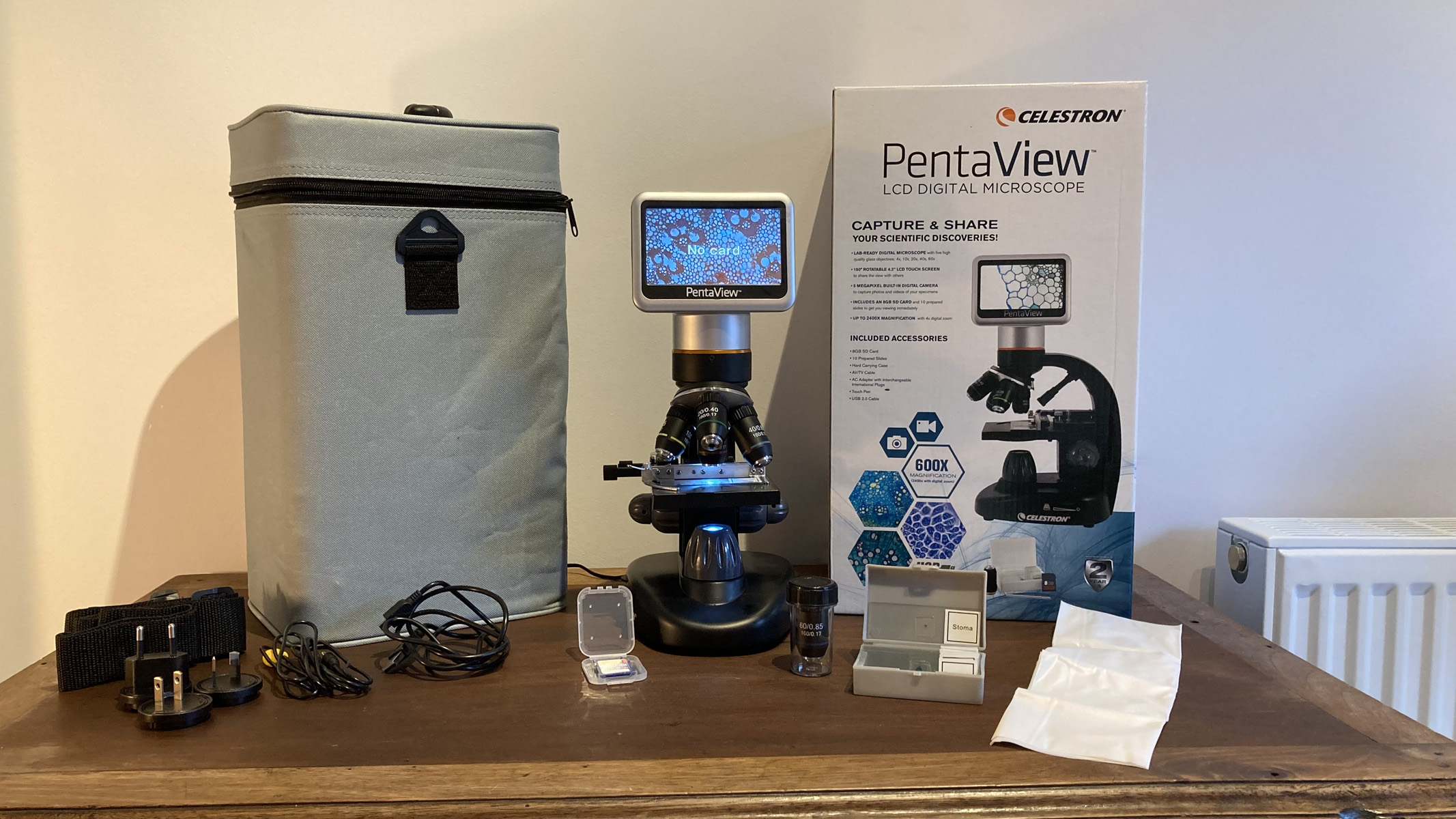IJMS, Vol. 25, Pages 10764: Propylthiouracil Induced Rat Model Reflects Heterogeneity Observed in Clinically Non-Obese Subjects with Nonalcoholic Fatty Liver Disease
International Journal of Molecular Sciences doi: 10.3390/ijms251910764
Authors: Yu Jin Qiuyan Liu Yuqin Wang Bing Wang Jing An Qimeng Chen Tao Wang Jing Shang
The prevalence of nonalcoholic fatty liver disease (NAFLD) is increasing, affecting up to 30% of the population, with approximately 20% of cases occurring in non-obese individuals. The recent shift to the term metabolic dysfunction-associated steatosis liver disease (MASLD) highlights the disease’s heterogeneity. However, there are no well-established animal models replicating non-obese NAFLD (NO-NAFLD). This study aimed to evaluate the relevance of the high-fat diet (HFD) combined with the propylthiouracil (PTU)-induced rat model in mimicking the histopathology and pathophysiology of NO-NAFLD. We first analyzed metabolic and clinical parameters between NO-NAFLD patients (Average BMI = 21.96 kg/m2) and obese NAFLD patients (Average BMI = 29.7 kg/m2). NO-NAFLD patients exhibited significantly higher levels of carnitines, phospholipids, and triglycerides. In the animal model, we examined serum lipid profiles, liver inflammation, histology, and transcriptomics. Hepatic steatosis in the HFD+PTU model at week 4 was comparable to that of the HFD model at week 8. The HFD+PTU model showed higher levels of carnitines, phospholipids, and triglycerides, supporting its relevance for NO-NAFLD. Additionally, the downregulation of lipid synthesis-related genes indicated differences in lipid accumulation between the two models. Overall, the HFD+PTU-induced rat model is a promising tool for studying the molecular mechanisms of NO-NAFLD.

 2 months ago
46
2 months ago
46


